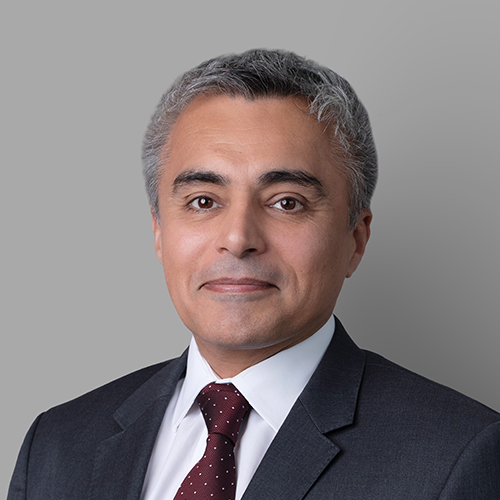The UAE’s real estate market remains dynamic, but in today’s environment, pricing risk has become more complex. For investors, lenders, and developers, understanding how valuations are being shaped is critical to making informed decisions.
Below, we outline the five most important factors influencing valuation strategies in 2025.
1. The Risk Landscape: Three Key Pressures
Valuers are currently navigating a trio of interlinked risk factors that are shaping assumptions and affecting asset pricing:
- Geopolitical Uncertainty
While the UAE maintains its reputation as a stable investment hub, regional tensions and global trade disruptions are influencing capital flows and investor sentiment.
- Supply and Demand Imbalances
Strong demand across office, industrial and residential sectors - particularly in Dubai and increasingly in Abu Dhabi - is outpacing available stock. This is pushing rents and capital values upward, but also intensifying competition for prime space.
- Inflation and Cost Pressures
Rising construction and labour costs are eroding developer margins and could delay future supply. These pressures must be factored into development feasibility and long-term asset performance.
2. Stress Testing and Sensitivity Analysis
While our valuation models remain methodologically consistent, market conditions require closer scrutiny of every input. Particular attention is placed on:
-
Verifying market rents, operational costs, and lease assumptions
-
Modelling client-specific sensitivities (e.g., discount rates, voids, inflation)
-
Identifying margin of error and providing scenario-based outputs
The goal is to ensure that valuations reflect not just market averages, but the actual dynamics influencing asset-level performance.
3. Where Risk Premiums Are Most Evident
Development sites continue to carry the highest perceived risk, particularly when there is a mismatch between landowner expectations and current market realities. These assets typically attract higher risk premiums due to:
-
Uncertainty in cost forecasts and exit values
-
Regulatory timelines and planning risk
-
Shifts in end-user demand and financing availability
4. Sentiment vs. Evidence: The Role of International Capital
Valuation outcomes are anchored in transactional evidence rather than sentiment. That said, shifts in global investor appetite are influencing market dynamics in tangible ways:
-
Strong demand for prime office space (e.g., Business Bay) and industrial assets (e.g., Dubai Investment Park) is compressing yields due to limited availability.
-
The investment spotlight is widening to include emerging markets like Ras Al Khaimah, driven by flagship projects such as the Wynn Resort.
-
In Abu Dhabi, announcements tied to Yas Island are enhancing the appeal of adjacent investment zones.
GCC-based capital continues to be highly active, while international investors are increasingly targeting income-generating assets with long leases and institutional-grade tenants.
5. ESG and Asset Quality: Signals, Not Guarantees
Environmental, social, and governance (ESG) criteria are now formally embedded in global valuation standards (per RICS Red Book). In practice:
-
Assets with LEED, BREEAM, or WELL certifications often achieve higher rents and stronger occupancy, especially among global tenants.
-
However, the lack of consistent ESG data in the UAE remains a limiting factor for widespread integration into investor underwriting.
-
Long-term leases with creditworthy tenants remain a more immediate driver of lower yield requirements.
-
Buildings with future-ready infrastructure—digital connectivity, energy management, and smart systems—are increasingly viewed as lower-risk, higher-value assets.
In Summary
Valuation in 2025 is no longer a static exercise. It requires real-time data validation, deeper scenario modelling, and nuanced risk assessment across sectors. For clients, that means working with valuers who understand not only how the numbers work, but what they signal.





